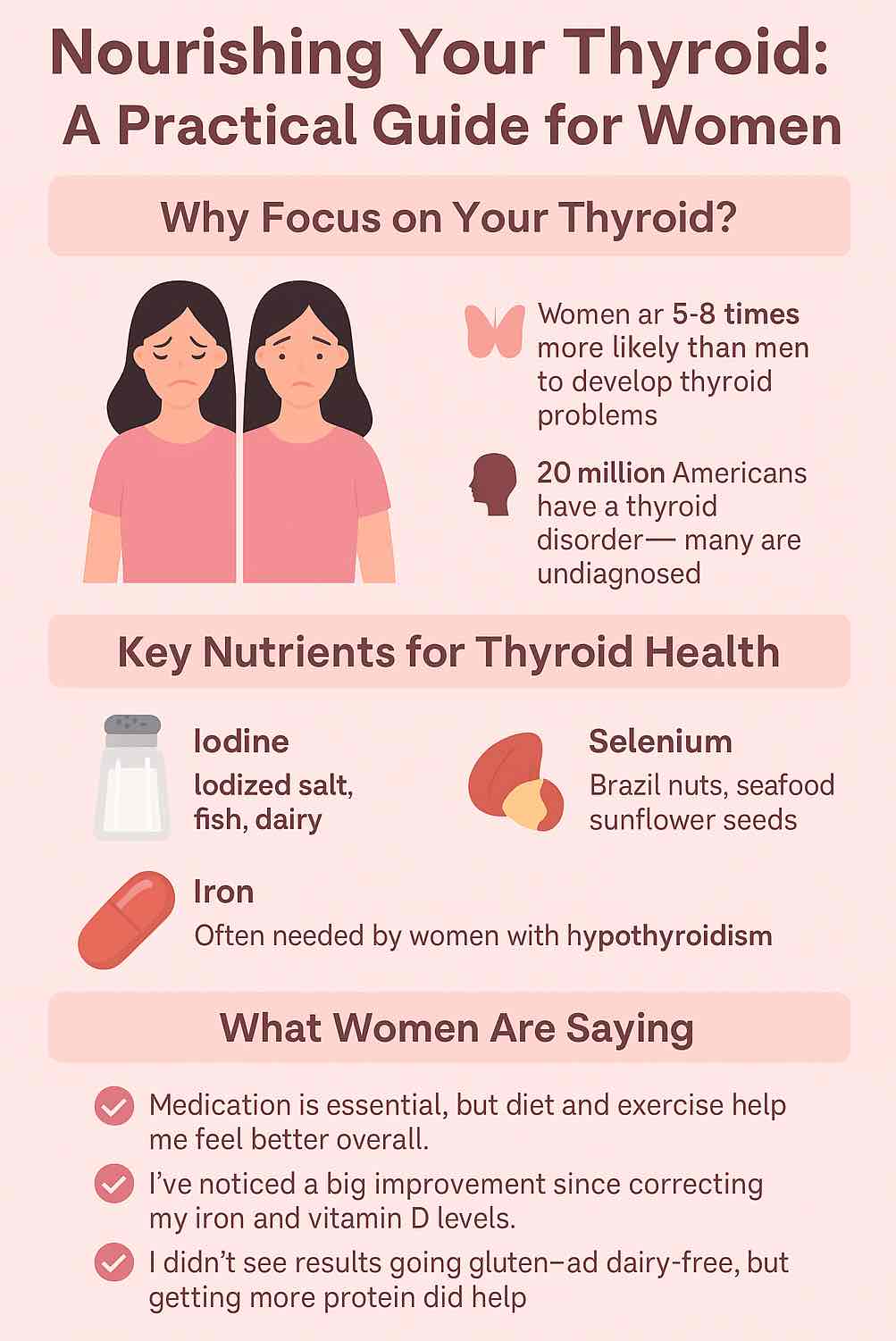
A Real-World, No-Fluff Review for Indian Homes
Raise your hand if you’ve ever…
- Argued with your spouse, kids, or roommates about who’s doing the dishes (again)?
- Had your maid disappear the day after a big family party?
- Looked at a mountain of oily thalis, kadhai, and pressure cooker lids—and wished for a magic button to clean it all?
I’m guessing you’ve got at least one hand up.
Like thousands of Indian families lately, you’re probably wondering if a dishwasher is the answer. Specifically, if the Faber FFSD 6PR 12S (check price on Amazon) is worth your hard-earned money, or if you should be looking at something like the Bosch SMS66GW01I or SMS46KI03I instead.
Let’s get real: This isn’t a “copy-paste” review. This is a compilation of actual Indian experiences, practical pros and cons, hard truths, and those little things nobody tells you—so you can decide if this dishwasher belongs in your kitchen.
Meet the Faber FFSD 6PR 12S (Buy on Amazon)
- 12 Place Settings:
Suitable for 2–4 people; think small families, working couples, or anyone who’s sick of the daily dish drama. - Inox Finish:
Looks like stainless steel, hides most fingerprints, and fits in with modern modular kitchens. - 6 Wash Programs:
Includes Intensive (for oily/masala loads), Eco, 90min, Rapid, Self Clean, and Soak. - Water Use:
10–12 litres per cycle (a tenth of what you’d use by hand!). - Noise:
49 dB—quiet enough for flats, but not as silent as Bosch (see Bosch review). - Energy Rating:
A++ (you won’t notice a jump in your bill). - Affiliate Link: Faber FFSD 6PR 12S on Amazon
Why Are Indian Families (Finally) Buying Dishwashers Like Faber FFSD 6PR 12S (Buy Here)?
It’s not just the pandemic—though that pushed a lot of us over the edge.
It’s the never-ending maid drama, the guilt-trips after meals, and the realization that your time is actually worth something. For many, the price of the Faber FFSD 6PR 12S (Amazon) seems totally justified compared to the peace it promises.
But does it really deliver? Let’s get into the nuts and bolts (and spoons and kadhais).
Real-World Pros: What Indian Users Actually Like
1. Handles Everyday Messes—Mostly
The Faber FFSD 6PR 12S (see on Amazon) isn’t magic, but it does take the pain out of most daily loads:
- Regular masala, ghee, dal, chai residue: Comes out spotless, especially on Intensive mode.
- Steel thalis, dabba, and glassware: Shine like new, with the right salt and rinse aid.
- Tiffins and pressure cooker lids: Fit well with some “dishwasher Tetris” (a learned skill—don’t worry, you’ll get good at it!).
- Rapid program: 30 minutes for a quick cycle—lifesaver when you forget to wash tiffin at night.
“It does 95% of our daily load, and saves us so much time. The only thing it can’t do is burnt dal!”
— Raghav, Mumbai
2. Saves Water, Time, and Family Peace
Hand washing uses over 100 litres per big Indian meal. The Faber FFSD 6PR 12S (see deals) uses just 10–12 litres a cycle—huge savings, especially in apartments or water-scarce cities.
And the time saved? No more fighting about “whose turn it is.” Load, press Start, and reclaim your evening (or nap time).
3. Affordable & Practical Entry Point
At a much lower price than Bosch or IFB’s flagship machines, the Faber FFSD 6PR 12S (check latest price) is one of the most accessible, reliable models for first-timers.
Installation in major cities is usually prompt, with decent demo support.
4. Fits Indian Utensils—If You Learn the Tricks
With careful loading, most thalis and dabba fit well. The racks adjust, but aren’t as advanced as Bosch’s SMS46KI03I—for most families, it’s good enough.
- Steel and glass are the sweet spot.
- Plastics and aluminium come out clean, but sometimes need a quick towel for spots.
5. Low Maintenance (If You Build a Routine)
- Clean the filter once a week—seriously, it takes 2 minutes and makes a huge difference.
- Top up salt and rinse aid regularly (especially if your area has hard water).
- Use the Self Clean or vinegar cycle every month for best performance.
The Honest Cons—Because No Machine Is Perfect
1. Capacity Is Honest—But Tight
12-place settings is ideal for 2–4 people, but if you entertain or have a big family, it fills up fast.
Big kadhais or lots of guests? You’ll need to run two cycles, or do a round of hand-washing.
Tip: If your household is larger or you want extra flexibility, you might want to check the Bosch 13-place or 14-place models.
2. Burnt/Heavy Mess Still Needs Elbow Grease
Let’s bust the myth: No dishwasher, not even the premium Bosch SMS46KI03I (see here), can clean up burnt dal, milk, or “forgotten on the gas” disasters in one go.
Soak those pans, scrape a little, and then run the Intensive cycle on your Faber FFSD 6PR 12S (Amazon).
3. Build Quality: Good, Not Premium
You’ll notice more plastic inside than with Bosch (review here).
It feels lighter and less sturdy, but holds up fine with normal use.
Don’t slam the racks and avoid overloading—treat it kindly and it’ll last.
4. Service: Solid in Cities, Patchy Elsewhere
Metro and tier-1 city buyers report fast install and support for the Faber FFSD 6PR 12S (link).
If you’re in a small town or remote area, check with local service before buying—some users had to wait days for repairs or got no response.
5. Drying: Not Always Spotless
Most dishes come out dry, but deep bowls, plastics, and tiffin lids may need a quick towel. This is true for almost all brands at this price—even Bosch (comparison here).
The Real Challenges Users Face
- Learning the right way to load (dishwasher Tetris!).
- Cleaning filter regularly.
- Salt and rinse aid top-ups.
- Plastic racks and parts feel less “solid” than Bosch/IFB.
- Support isn’t always perfect outside metros.
- No magic for thick, burnt messes—pre-soak needed!
“After one month, dishes come out clean and shiny. But if you overload, or skip salt, you’ll get white marks and half-clean plates!”
— Harpreet, Delhi
Who Is the Faber FFSD 6PR 12S For?
- Perfect for:
- Families of 2–4 who want to stop arguing about dishes.
- Couples and working professionals who need their evenings back.
- Anyone in a city with decent Faber service.
- First-timers looking for value, not luxury.
- Maybe skip if:
How Does It Compare to Bosch Dishwashers?
Faber FFSD 6PR 12S (see price)
- Best for smaller families and those on a budget.
- Cleans daily Indian messes well; can feel cramped for big loads.
- More plastic inside; drying is decent but not flawless.
Bosch SMS66GW01I / SMS66GI01I (White / Silver)
- More robust build, slightly more capacity and flexibility.
- Excellent for oily, masala-heavy meals, especially with Intensive Kadhai mode.
- Still not a miracle for burnt vessels, but racks feel sturdier.
Bosch SMS46KI03I (check here)
- Most flexible, quietest, and “premium” in feel and function.
- 3-stage rack adjustment and extra cutlery drawer for mixed utensil families.
- Higher price, but better for big/active kitchens and those who want “set and forget” reliability.
For a full Bosch review, see:
Tips for First-Time Dishwasher Owners
- Stack smart: Plates angled, bowls open-side down, don’t block the spinner.
- Always use salt and rinse aid (especially in hard water cities!).
- Pre-soak burnt-on stuff (dal, milk, halwa) for best results.
- Clean filter weekly. Don’t skip this!
- Don’t overload—better to run two cycles than fight with half-clean dishes.
- Check service before buying if you’re outside a big city.
Final Verdict: Should You Buy the Faber FFSD 6PR 12S (Check it on Amazon)?
If you want a water-saving, time-saving, drama-saving upgrade for a smaller family—and you’re okay with a little learning curve and regular filter cleaning—the Faber FFSD 6PR 12S (check today’s price) is absolutely worth it.
It’s not perfect. But neither is your maid, your teenager, or that friend who always says “I’ll help next time.”
Want more room, quieter operation, or premium build?
Jump up to a Bosch 13-place or 14-place model—they’re more expensive, but great for bigger, busier homes.
Got questions, weird utensil woes, or just want to rant about dishes?
Drop a comment! Real families, real tips, and no more kitchen secrets.
Affiliate Disclosure:
As an Amazon Associate, I may earn a commission from qualifying purchases—at no extra cost to you. This supports honest, in-depth research for Indian families.
Share with that WhatsApp group where everyone’s cribbing about maids. You might just change someone’s kitchen (and mood) forever!
FAQs: Faber FFSD 6PR 12S Dishwasher
1. Is the Faber FFSD 6PR 12S suitable for Indian utensils like thalis, kadhais, and dabbas?
Yes, it can fit steel thalis, dabba, glassware, and small kadhais if you load them carefully. Large or heavy kadhais and huge party loads may require a second wash cycle or some handwashing.
2. How well does it clean oily, masala-heavy Indian dishes?
It handles daily oil and masala stains well, especially on the Intensive Wash program. For burnt or thickly crusted messes, soak or lightly scrub before putting utensils in for best results.
3. How much water and electricity does it use?
Each full cycle uses about 10–12 litres of water and is rated A++ for energy efficiency. This is far less water than hand washing a family meal’s worth of dishes.
4. Does it dry the dishes completely?
Most utensils come out dry, especially steel and glass. Plastic and deep bowls may need a quick towel wipe, which is common with dishwashers at this price.
5. Is it noisy? Can I use it at night?
The Faber runs at 49 dB—quieter than a washing machine but not as silent as premium models. Most users find it fine for running overnight in typical Indian flats.
6. How reliable is the build quality?
The dishwasher is mostly sturdy, but uses more plastic in racks and arms than Bosch or IFB. Handle the racks gently and avoid overloading for long-lasting use.
7. How is Faber’s installation and after-sales service?
In metro areas, installation and demo are usually prompt. Service can be slower in smaller towns, so it’s best to check local support reviews before buying.
8. What maintenance does it need?
Clean the filter weekly, top up salt and rinse aid monthly (especially in hard water areas), and run the Self Clean or a vinegar cycle every month to keep it running well.
9. How does it compare to Bosch dishwashers?
Faber is more affordable and great for small families, but Bosch models (like SMS66GW01I and SMS46KI03I) offer more robust build, quieter operation, and flexible racks for larger loads and families.
10. Who should buy the Faber FFSD 6PR 12S—and who shouldn’t?
Buy it if you have a small to medium family, want to save water and time, and your local service is decent. Consider Bosch if you need more space, premium build, and ultra-quiet operation, or have frequent large loads.













